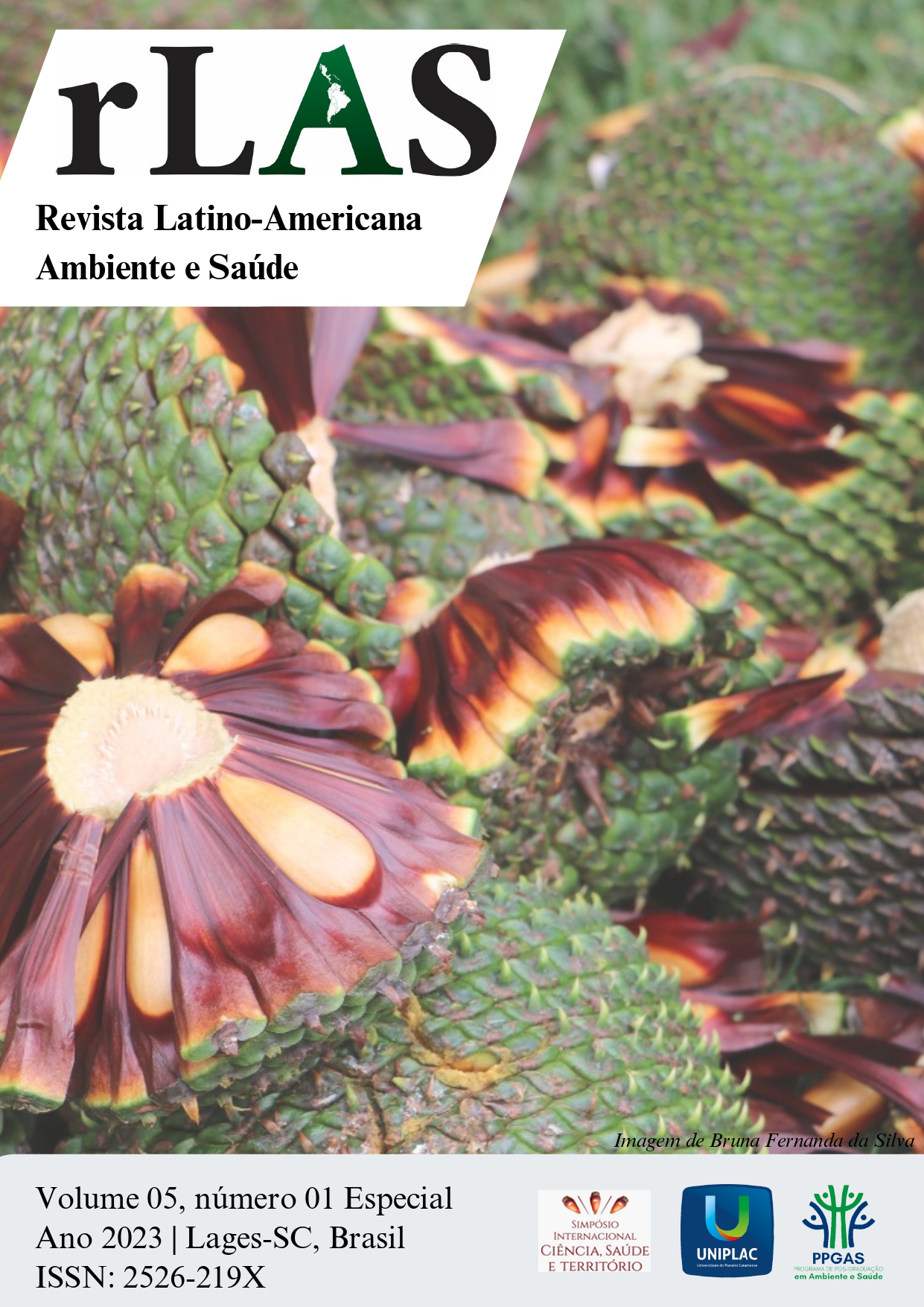Diagnóstico de tromboembolismo pulmonar em pacientes com SARSCOV-2 em um hospital de referência na Serra Catarinense
Keywords:
Tromboembolismo pulmonar, SARS-CoV-2, COVID-19Abstract
SARS-CoV-2 is characterized by the potential to promote a pathological state in humans
that can range from a common pulmonary infection to a severe respiratory syndrome,
whose condition can evolve with great thrombogenic potential. Patients with a positive
diagnosis for COVID-19 develop hyperinflammation culminating in hematological
changes that affect coagulation factors, providing a hypercoagulatory state and enabling
the formation of thrombi in large and small vessels. The objective is to demonstrate the
correlation of positive patients for SARS-CoV-2 infection admitted to a large regional
reference hospital in the city of Lages who underwent CT angiography of the pulmonary
arteries, who evolved with a diagnosis of PTE and to verify the presence of factors of preexisting risk in these patients. The profile of patients included in the survey were of both
genders, with a small prevalence of males, following a normal distribution for age, with
a mode of 71 years for men and 75 years for women. The results were not significant for
the correlation between the presence of pulmonary embolism (PE) on imaging and the
existence of comorbidities prior to the diagnosis of COVID-19 (p>0.05). A frequency of
PTE among the patients included in the research was 15.4%. Thus, it is concluded that
the analysis of the population affected by SARS-CoV-2 is important from an
epidemiological point of view for a better understanding of the pathology, in search of
the pathophysiological behavior of the disease.
References
ALMEIDA, K. C. et al. Prevalência e correlação das comorbidades por idade e sexo dos óbitos por COVID-19 no estado de Sergipe - Brasil: parte I. Revista Eletrônica Acervo Saúde, Aracaju, v. 12, n. 11, p. 4806-4806, nov. 2020.
DOBESH, P. P.; TRUJILLO, T. C. Coagulopathy, Venous Thromboembolism, and Anticoagulation in Patients with COVID-19. Journal of the American College of Clinical Pharmacy, Lenexa, n.40, p. 1130-1151, nov. 2020.
GROLL, S. V. et al. Assessment of the incidence of venous thromboembolism in patients with Covid-19 admitted to an intensive care unit. Revista Brasileira de Farmácia Hospitalar e Serviços de Saúde, Cascavel, v. 13, n. 3, p. 798, set. 2022.
GULATI, A. et al. Comprehensive Review of Manifestations of Novel Coronaviruses in the Context of Deadly COVID-19 Global Pandemic. American Journal of the Medical Sciences, Pennsylvania, v. 360, n. 1, p. 5–34, jun. 2020.
KLOK, F. A. et al. Incidence of thrombotic complications in critically ill ICU patients with COVID-19. Thrombosis Research, n. 191 p. 145-147, jul. 2020.
POOR, H. D. Pulmonary Thrombosis and Thromboembolism in COVID-19. Chest, New York, v. 160, n. 4, p. 1471–1480, jun. 2021.
RONCON, L. et al. Incidence of acute pulmonary embolism in COVID-19 patients: systematic review and meta analysis. European Journal of Internal Medicine, v. 82, p. 29-37, dez. 2020.


